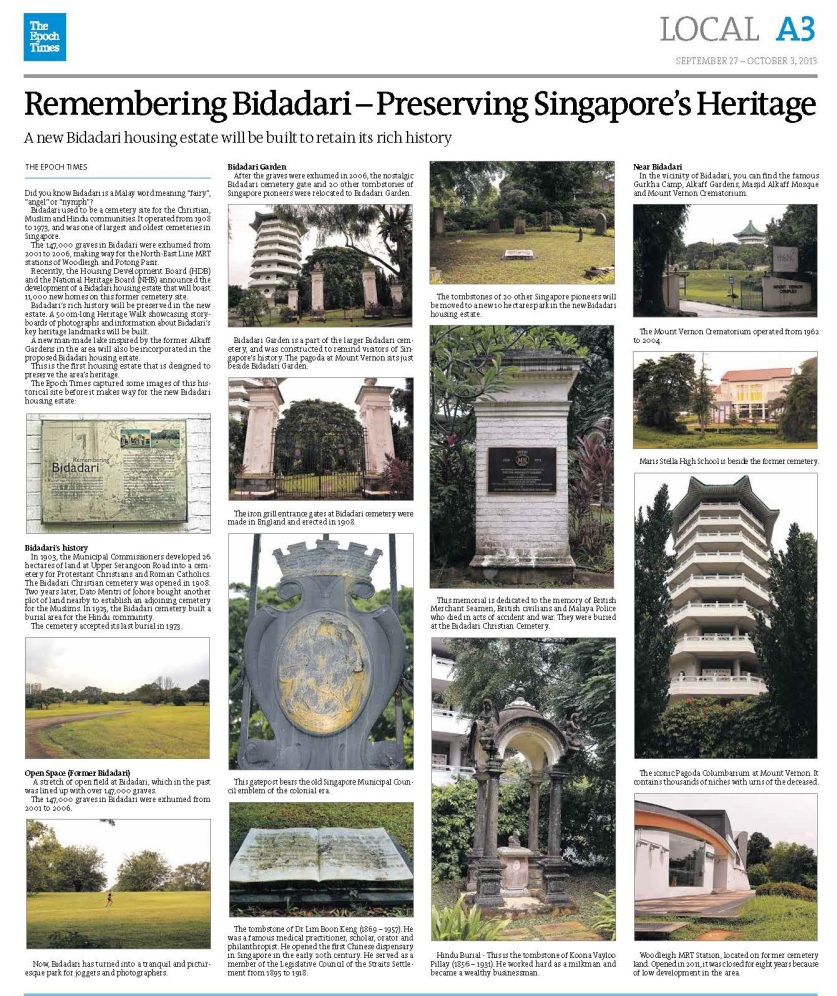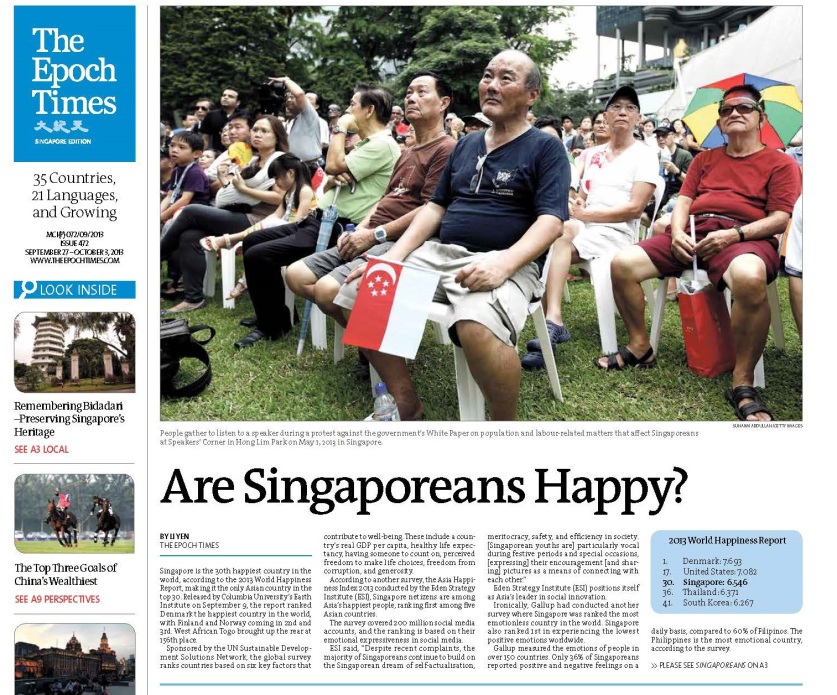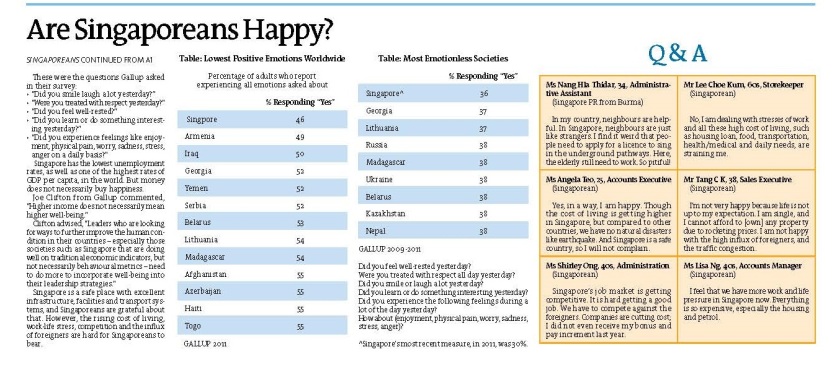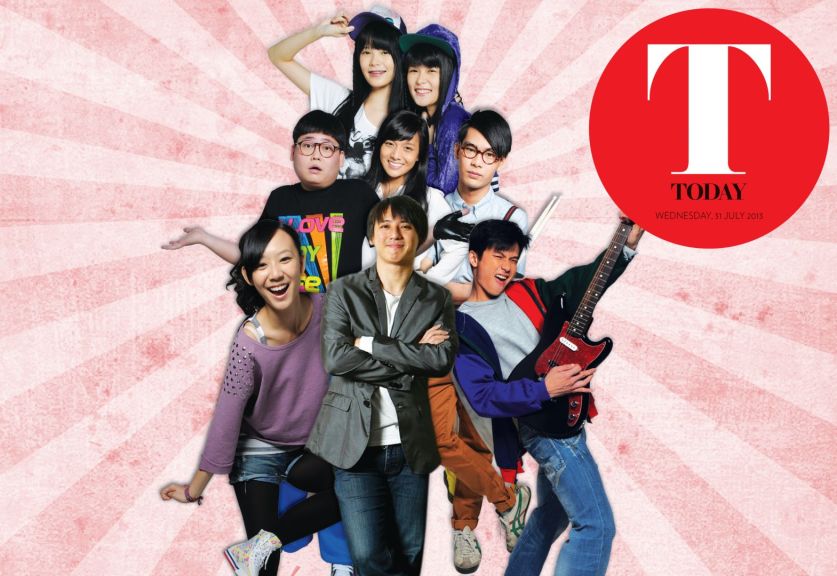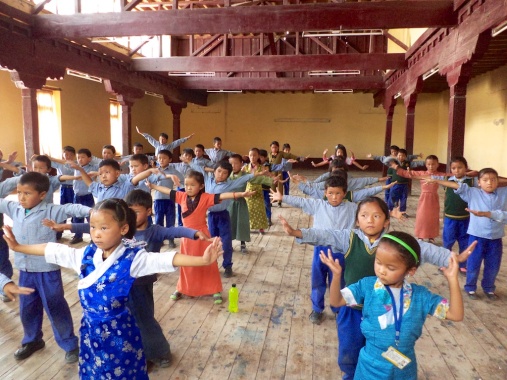Epoch Times, Singapore Edition
By Jennifer Gargiulo
Diary of An Expat in Singapore records the tongue-in-cheek journey of an Italian expat living in Singapore.
The author Jennifer Gargiulo takes a hilarious look at life in Singapore – packed with funny anecdotes, snapshots and top 10 lists: Signs you are in a Singapore taxi; Stereotypes about Singapore that are actually true; Things first time visitors to Singapore say; Politically-incorrect expat profiling by nationality; and many more.
The author Jennifer Gargiulo takes a hilarious look at life in Singapore – packed with funny anecdotes, snapshots and top 10 lists: Signs you are in a Singapore taxi; Stereotypes about Singapore that are actually true; Things first time visitors to Singapore say; Politically-incorrect expat profiling by nationality; and many more.
Diary is based on the author’s popular blog of the same name. It has been in the Kinokuniya bestseller list since it was published.
Uniquely Singapore (Part 1)
1) Swimming in an outdoor pool on Christmas Day
Only in Singapore. As I watch my kids frolicking in the water, I make a mental list of all the other things that make Singapore unique and differentiate from Verona, as well as from most other places.
Only in Singapore. As I watch my kids frolicking in the water, I make a mental list of all the other things that make Singapore unique and differentiate from Verona, as well as from most other places.
2) Parental guidance
No need. Profanity on television is bleeped and there is no nudity. I mean, none. My kids are totally shocked when they watch TV in Italy. And, that’s just the commercials.
No need. Profanity on television is bleeped and there is no nudity. I mean, none. My kids are totally shocked when they watch TV in Italy. And, that’s just the commercials.
3) Capital punishment
Once hoping to have a lively debate with my university class, I brought up the issue of capital punishment and asked my students: “Who’s in favour, who’s against?” 100% infavour…no debate. I knew I should have prepared more material.
Once hoping to have a lively debate with my university class, I brought up the issue of capital punishment and asked my students: “Who’s in favour, who’s against?” 100% infavour…no debate. I knew I should have prepared more material.
4) Live-in maids
Cheap labour from the Philippines, Indonesia, and Myanmar. Here, even the maids have maids. Seriously. The wealthier Singaporean families have more than one maid so it is entirely plausible to hear how maid number one is training maid number two. The ideal scenario in Singapore includes a grandparent who keeps an eye on maid number one while she keeps an eye on maid number two. A viable solution for the dual-working-parent household or merely a way to keep the grandparents busy? Who’s to say?
Cheap labour from the Philippines, Indonesia, and Myanmar. Here, even the maids have maids. Seriously. The wealthier Singaporean families have more than one maid so it is entirely plausible to hear how maid number one is training maid number two. The ideal scenario in Singapore includes a grandparent who keeps an eye on maid number one while she keeps an eye on maid number two. A viable solution for the dual-working-parent household or merely a way to keep the grandparents busy? Who’s to say?
5) School etiquette
Currently, there is a debate as to whether local teachers have the right to cut their students’ hair should the need arise. Yes—if it’s longer than the standard allowed or if the student has already been given prior warning. The mother at the centre of the haircutting media storm was protesting not only because a teacher had taken it upon herself to cut her child’s hair but because that was a $300 hairstyle. Let me repeat that: $300. Understandably, the student didn’t receive much sympathy. All students are expected to wear uniforms, nojewellery, and no make-up. Sneakers must be either all black or all white. The good thing is kids don’t need to worry about being mugged over expensive trainers.
Currently, there is a debate as to whether local teachers have the right to cut their students’ hair should the need arise. Yes—if it’s longer than the standard allowed or if the student has already been given prior warning. The mother at the centre of the haircutting media storm was protesting not only because a teacher had taken it upon herself to cut her child’s hair but because that was a $300 hairstyle. Let me repeat that: $300. Understandably, the student didn’t receive much sympathy. All students are expected to wear uniforms, nojewellery, and no make-up. Sneakers must be either all black or all white. The good thing is kids don’t need to worry about being mugged over expensive trainers.
6) Construction work
Ubiquitous working sites, trees being cut down, and consequent loud jackhammering…you just don’t hear this in Verona. As my kids see it: “That’s because everything is already done in Italy.” Condos here are knocked down for being too old (as in 20 years, not 200 years old). The concept of old equalling bad is hard to comprehend for a Westerner, especially one from Europe. Sadly, beautiful shophouses and green spaces are being replaced by concrete.
Ubiquitous working sites, trees being cut down, and consequent loud jackhammering…you just don’t hear this in Verona. As my kids see it: “That’s because everything is already done in Italy.” Condos here are knocked down for being too old (as in 20 years, not 200 years old). The concept of old equalling bad is hard to comprehend for a Westerner, especially one from Europe. Sadly, beautiful shophouses and green spaces are being replaced by concrete.
Malls are constantly competing with each other on Orchard Road as truckloads of Bangladeshi workers make their daily commute to work; all the bustle contributes to creating the image of Singapore as a city that never sleeps. And, if you live near a construction site, that’s not just a euphemism.
7) Food courts
Fantastic culinary oases, open all day and late into the night, where you can eat all sorts of delicious, inexpensive meals. Indian curries, Korean kimchi, chicken rice… all for $5 (less than a coffee at Starbucks). In some courts, you can use a special debit card that can be topped up at the entrance. Forget BYOB (Bring Your Own Beer), here the only acronym you need to remember is BYON (Bring Your Own Napkin).
Fantastic culinary oases, open all day and late into the night, where you can eat all sorts of delicious, inexpensive meals. Indian curries, Korean kimchi, chicken rice… all for $5 (less than a coffee at Starbucks). In some courts, you can use a special debit card that can be topped up at the entrance. Forget BYOB (Bring Your Own Beer), here the only acronym you need to remember is BYON (Bring Your Own Napkin).
8) Tuition… for kindergarteners?
Do you remember when you were little and couldn’t wait for school to be over so you could go out and play? At first, I wondered where all the Singaporean kids were and then I was told they have tuition after class. In kindergarten? How far behind are they? This helps explain why the Singaporean school system has such an excellent reputation.
Do you remember when you were little and couldn’t wait for school to be over so you could go out and play? At first, I wondered where all the Singaporean kids were and then I was told they have tuition after class. In kindergarten? How far behind are they? This helps explain why the Singaporean school system has such an excellent reputation.
Also, the inordinate amount of time spent cramming for exams (that’s the moms), and the consequent breaking out in hives (again, the moms). However, if I think back to when I was in elementary school, my afternoon activities consisted of reading or playing outside with my friends until my mother called me inside for Dinner. Not
math, thank God.
math, thank God.
My Singaporean neighbour told me her daughter was the only student in her whole class to not have a math tutor. And that was only because she had left her own job as a real estate agent to become her daughter’s personal tutor. The girl’s education dictated their lifestyle (the mother’s quitting of job, the choice of condo they lived in), there was a lot riding on her test results. Pressure? Just a tad.
9) Cheap taxis
Very, very cheap. The price of an espresso at a bar in Italy—albeit one where you pay extra to sit down. True, taxis are cheap, but there are many variables. Peak hours, routes selected and booking fees can easily double one’s final cost. Also, taxi drivers are not too keen on picking up your child from school. Even though the meter is running it’s something they still hate to do. I have had taxis drive away the minute I stepped out to pick up my daughter… and I hadn’t even paid the fare. They just couldn’t bother to wait.
Very, very cheap. The price of an espresso at a bar in Italy—albeit one where you pay extra to sit down. True, taxis are cheap, but there are many variables. Peak hours, routes selected and booking fees can easily double one’s final cost. Also, taxi drivers are not too keen on picking up your child from school. Even though the meter is running it’s something they still hate to do. I have had taxis drive away the minute I stepped out to pick up my daughter… and I hadn’t even paid the fare. They just couldn’t bother to wait.
10) Eternal heat
This is actually a stereotype. It’s not always very hot and humid. Sometimes, it’s just hot and humid. The Singaporeans have a solution to this. It’s called air con.
This is actually a stereotype. It’s not always very hot and humid. Sometimes, it’s just hot and humid. The Singaporeans have a solution to this. It’s called air con.
A famous Italian writer, Tiziano Terzani, who lived in Singapore during the 1960s, remembered how there used to be no need for air con because there was such a pleasant breeze—thanks to the lush vegetation throughout the island. Unfortunately, the incessant construction work is dramatically decreasing any chance of that now.
When there are no trees, there is no breeze. Hopefully, the urban planners will not allow Singapore to become another asphalt jungle. Did somebody say Hong Kong?
11) Singlish
So, is the national language English, Chinese, or Malay? Nobody really knows. The government can’t make up its mind and there are too many dialects to consider. No bother, most Singaporeans speak Singlish.
So, is the national language English, Chinese, or Malay? Nobody really knows. The government can’t make up its mind and there are too many dialects to consider. No bother, most Singaporeans speak Singlish.
Not always clear as certain answers sound like questions and vice-versa: “Can I have some coffee?” “Can. Can.” (Is that a yes or an invitation to break into a French dance routine?)
Had I not moved to Singapore, I might never have known that the word off can be used as a verb: “Would you like me to off the air con?”
———————————————————



